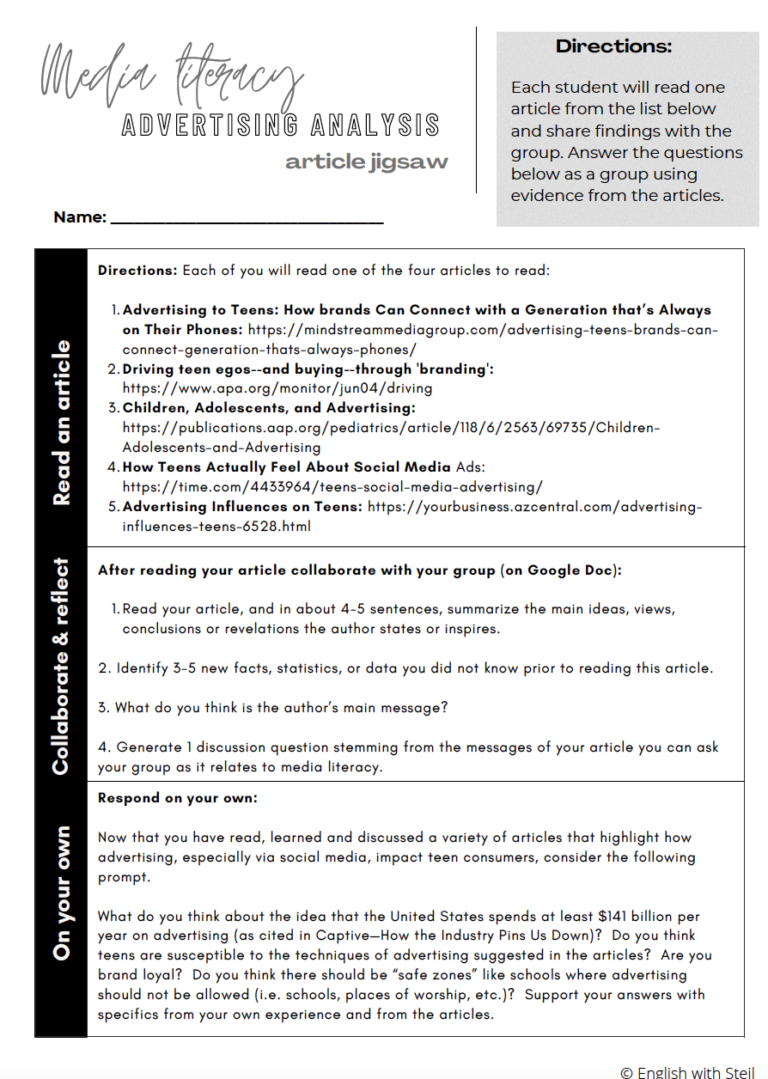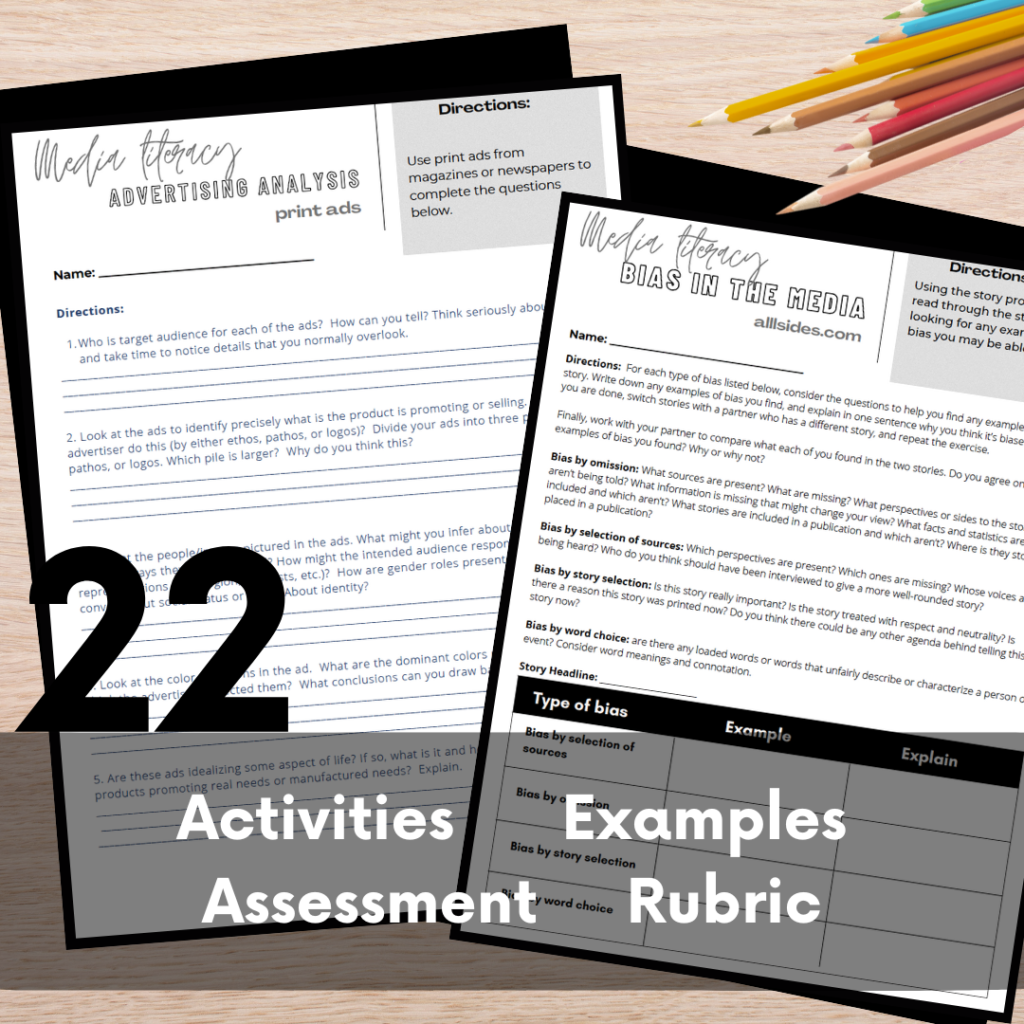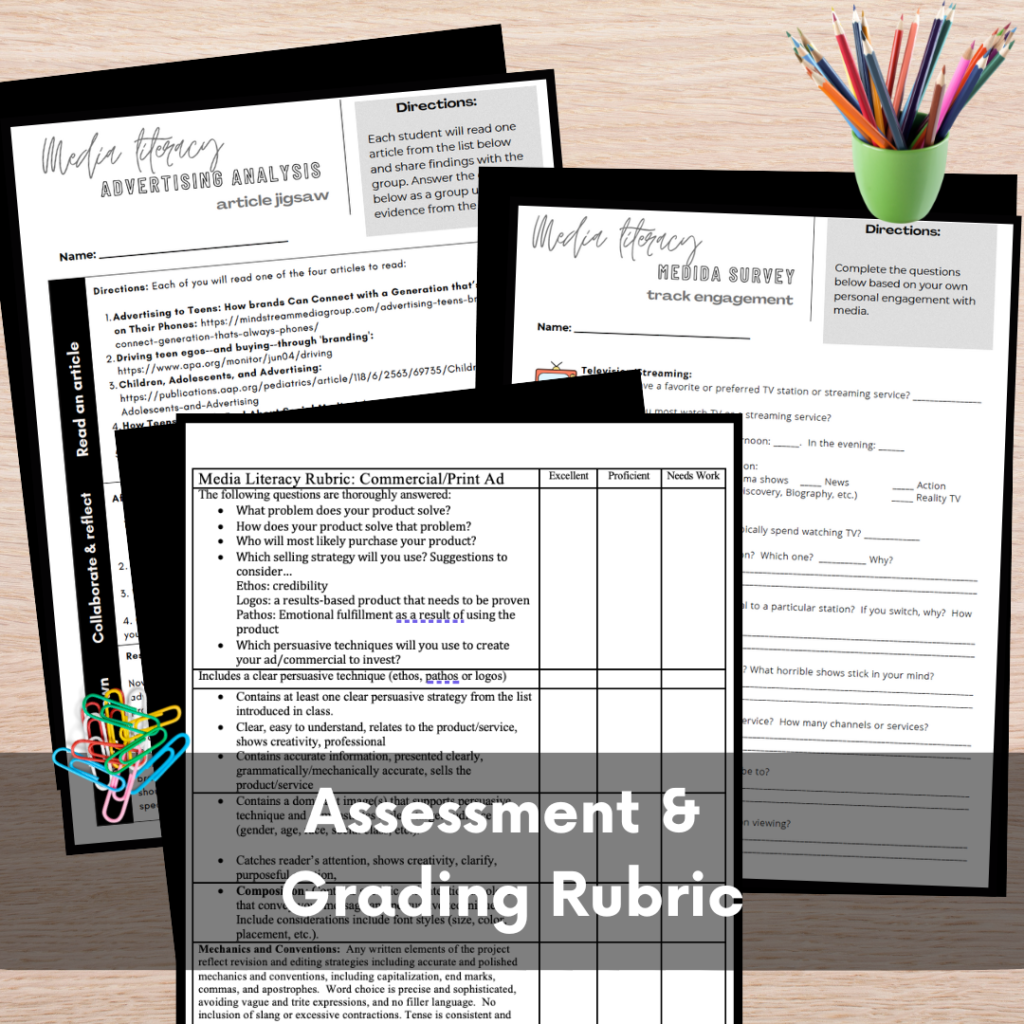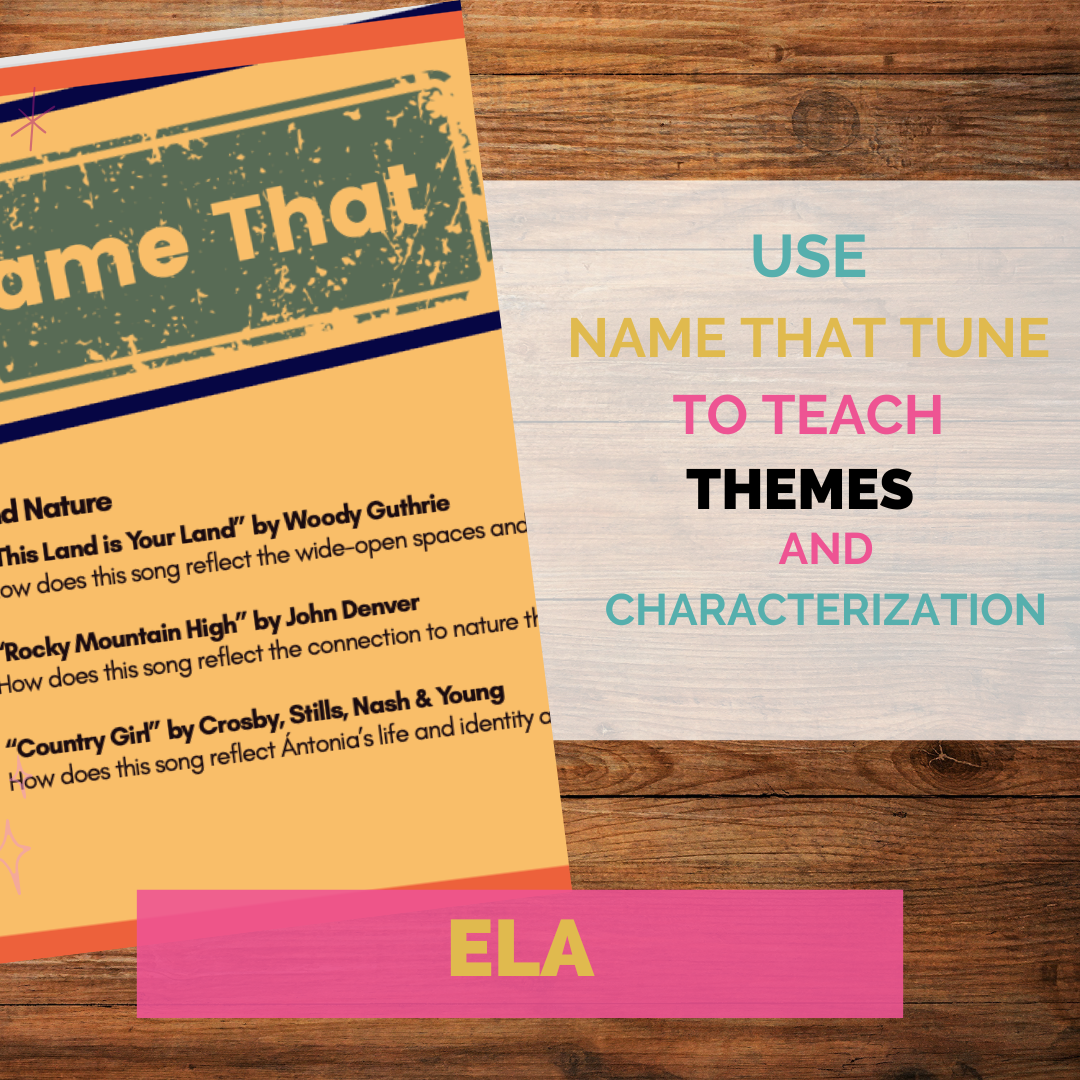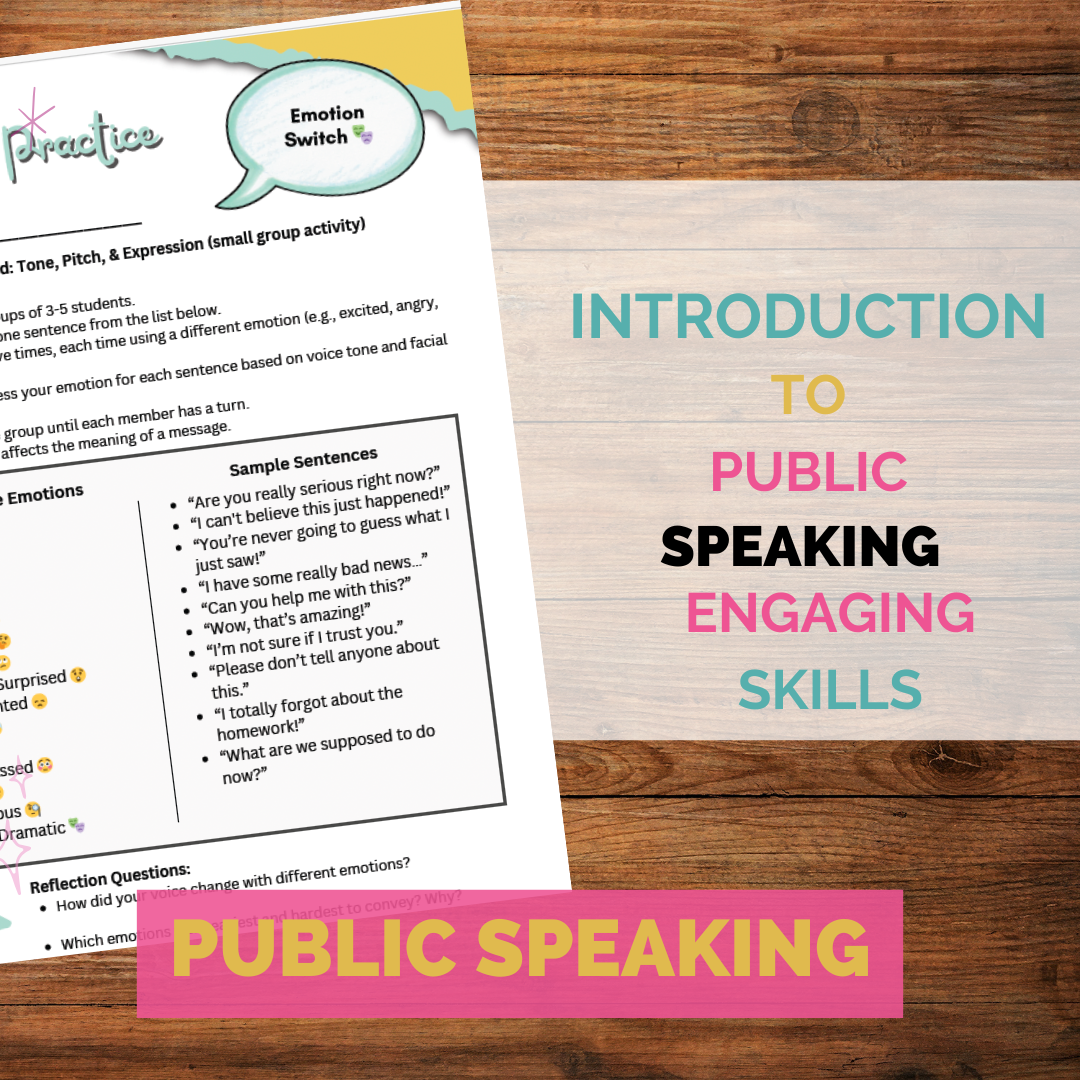Importance of being media literate
Our students are digital natives who have grown up surrounded by 24/7 technology at all times. They never had to pull an encyclopedia off the shelf to look up information; they literally have all of the information they need at their fingers.
Teaching students to be news and media literate is key in helping them navigate how to determine the quality of media, identify persuasive techniques advertisers use to persuade them to purchase products, and discern fact from fiction has never been more important.
Teach rhetorical techniques and advertising strategies
I often start off my media literacy unit with a simple advertising quiz you can grab here. It contains a variety of the most commonly used advertising slogans we hear and see every day. I have students see how many they can fill out by themselves. A majority of students can complete most of them, yet they are shocked because “they don’t really watch TV or listen to the radio”. We don’t often realize it, but we are constantly surrounded by ads, whether it’s through social media, websites, or even the clothes we wear.
Teaching students the basic rhetorical appeals including ethos, pathos, and logos are a solid foundation to this unit. From there, we talk about the 25 most common rhetorical strategies advertisers use to convince us to purchase their products! In addition, it’s important to evaluate strategies like how colors are used to convey emotions and build messages in advertising. In my advertising analysis unit, I have students practice evaluating both print and commercial ads to practice their understanding of persuasive techniques.
2. Understanding fake news and media bias
Never before has it been easier to access news media because of 24/7 continuous coverage of most major market news media. Since the 2016 election, the term fake news has permeated our culture. It’s becoming harder and harder to trust news headlines, especially on social media. Helping students to read critically and evaluate the content they read is important. When I teach about fake news, I make sure to share some history about yellow journalism and different types of fake news including misleading or biased news, satirical news, partisan news, and tabloid journalism.
The activities in my media literacy unit help students practice evaluating the credibility of fake news using close reading and critical thinking strategies.
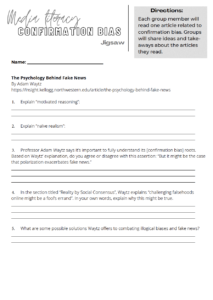
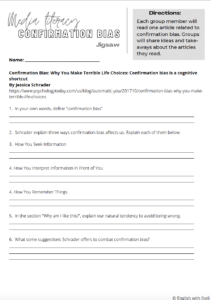
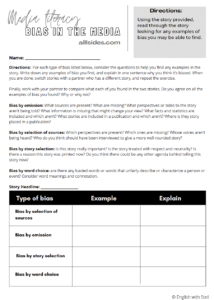
3. Learning about confirmation bias
With so many polarized news stations and social media, it’s easy to get stuck in an echo-chamber of affirming news stories that support our personal beliefs. It’s necessary to help students learn the most common strategies associated with confirmation bias: bias by omission, by selection or voices or sources, by story selection, or by word choice. I use allsides.com as a great resource to help students identify and practice each of those types of confirmation bias.
My fake news and confirmation bias unit help students learn and practice identifying fake news and confirmation bias in mainstream media.
4. Evaluating political persuasion
While it’s true we are not in an election cycle each year, it does seem like we are constantly surrounded with talk or who is running for office. Political ads are a unique category of advertising in that they use very specific types of rhetoric including ad hominem and mischaracterization in a way other types of advertising do not. I encourage students to visit two websites: Living Room Candidate and 4President.org to evaluate how advertising messages have changed or remained the same over time. From colors, or language, or rhetorical strategies, students can identify patterns and commonalities associated with political advertising.
You can find this political advertising lesson in my media literacy unit.
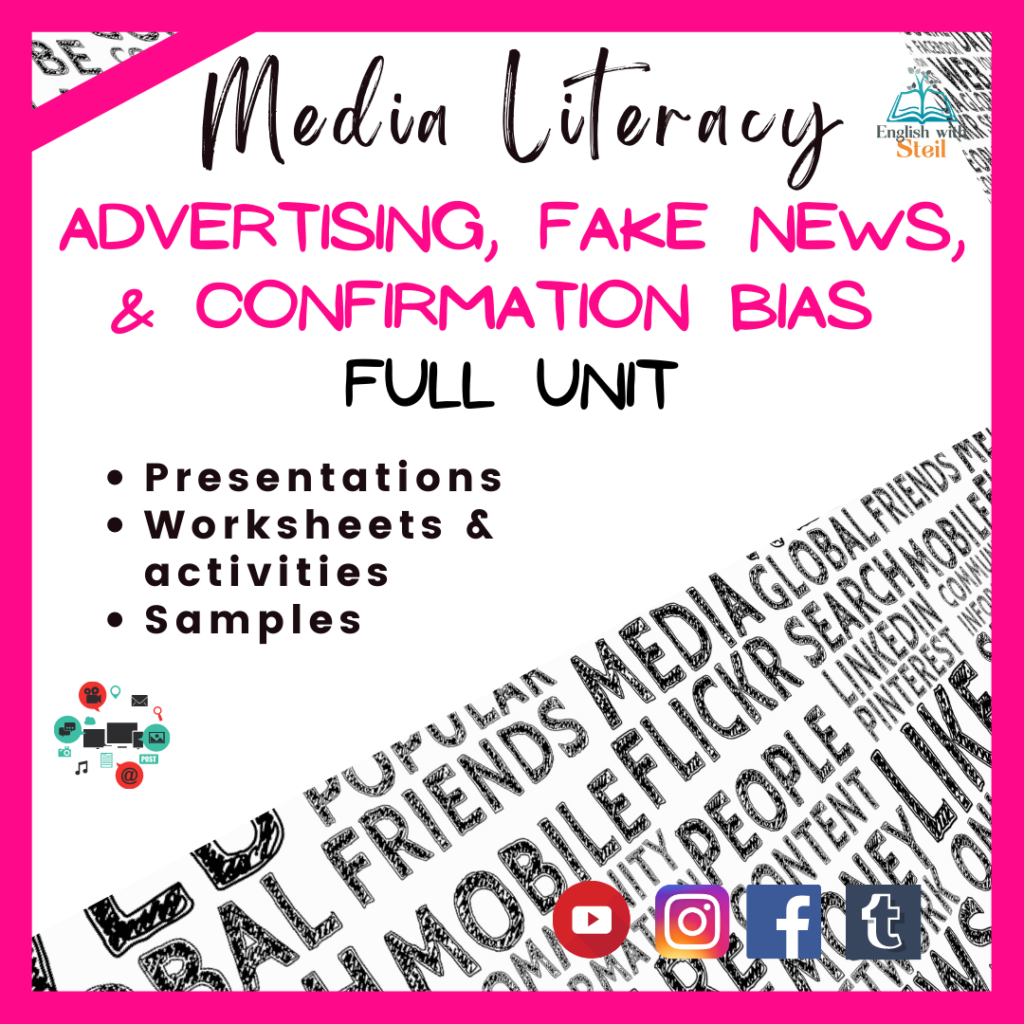
5. Superbowl advertising, a class of its own
Whether you are a football fan or not, many people tune in for the halftime show and the commercials. In fact, there are awards just for the best Superbowl commercials. In an effort to emphasize the impact of commercial advertising, I spend a couple days teaching about Superbowl commercials, the amount of money spent, and the types of ads played. I also have students explore their favorite ads and apply their understanding of rhetorical strategies.
You can find this lesson in my media literacy unit. Teaching persuasive techniques and how they are applied in various types of media helps our students become more media literate whether they are watching news or surfing social media.
Check out the following media literacy resources from my fellow teacher colleagues:
Six Idea for Teaching Media Literacy by The Secondary English Coffee Shop
Logical Fallacies by The Daring English Teacher
Media Literacy/Advertising Activities by Addie Williams
Critical Analysis with Disney by Room 213 (blog post)
Analyzing Music Videos by Stacey Lloyd

